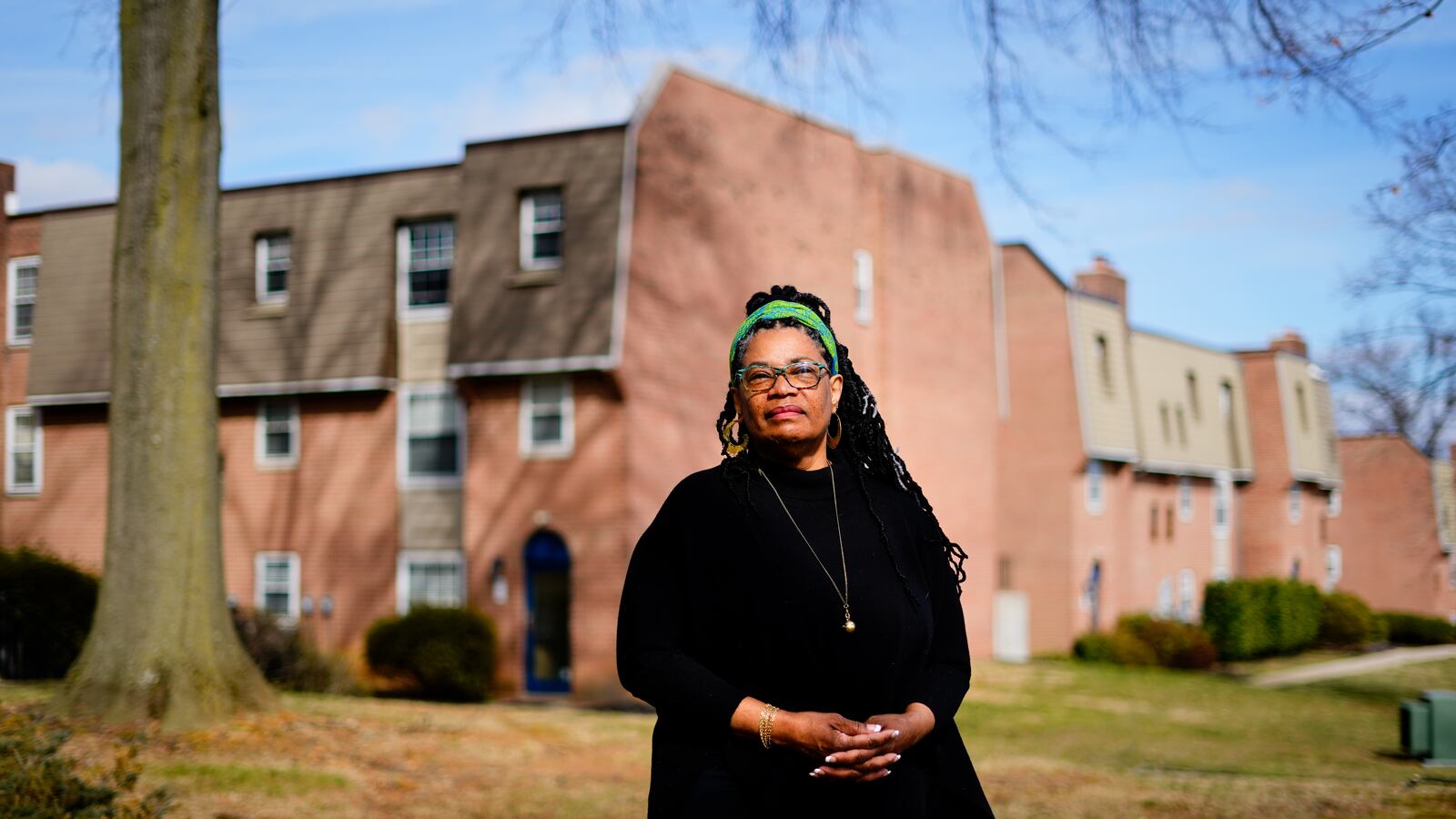This story was co-published with the Associated Press.
Teachers have been working longer hours. They’re more stressed out. And many say they’ve considered quitting. Yet the vast majority of teachers have stayed in the profession throughout the pandemic, according to a Chalkbeat analysis of the latest data from a number of states and large school districts.
Teacher resignation rates actually dipped after COVID first hit schools. As this school year approached, the data show, departures generally returned to pre-pandemic levels.
Together, the numbers indicate that a feared teacher exodus has not yet come to pass — although concerning signs about the health of the profession remain.
“I still worry,” said Gema Zamarro, a researcher at the University of Arkansas who has studied teacher turnover. “Teachers are stressed and burned out. Even if they don’t leave, that could be bad.”
Comprehensive national data on teacher turnover is not available. The federal government does not keep annual records, and neither do some states, including California. Others, like Texas, release data on a yearlong lag.
But data obtained from five states and 19 large U.S. school districts, including New York City and Houston, shows that turnover going into this school year was comparable to rates before the pandemic.
In Maryland, teacher attrition hovered between 9% and 10% from 2011 to 2019. In 2020, it fell to 7.3%, but it ticked back up to 9.3% ahead of this school year, according to data provided by state officials.
“Our retention rates overall are holding steady,” said Mohammed Choudhury, Maryland’s state superintendent. “It is not some kind of broad-stroke, red-alert type of concern.”
Elsewhere, turnover was a bit higher than usual, but still near rates before the pandemic.
In Washington state, 9.2% of teachers left teaching in public schools in the typical year before the pandemic. In 2021, that rose to 10%, according to a new analysis of state data.
Recent turnover figures were also comparable to pre-pandemic numbers in Hawaii, Massachusetts and South Carolina. That was true of a number of large school districts, too, including Dallas, Houston, and Clark County, Nevada – home to Las Vegas – though Detroit and Chicago saw bigger increases.
In New York City, about 6% of teachers left the district in each of the three years before the pandemic. After the pandemic hit, turnover fell, then rebounded to 5.8% in 2021.
In Philadelphia schools, the teacher turnover rate was 9.3% in 2021, up from 2020 but slightly lower than it was in 2019.
“2021 — it doesn’t look worse than before the pandemic. If anything, it looks like other years,” said Zamarro, who reviewed the data compiled by Chalkbeat.
Survey data shows more teachers have considered leaving the classroom during the pandemic than before it began. One poll by the National Education Association, the country’s largest teachers union, found that more than half of its members said the pandemic made it more likely they would leave the profession early.
Tom Keiser, a middle school math teacher in Missoula, Montana, is among the teachers who have pondered quitting. He’s been concerned about the bitter debates locally about masks and the rise of laws restricting teaching about racism.
Keiser even consulted with friends who had left teaching and briefly scanned a job-search website. Ultimately, he decided to stay.
“What would I do? How the heck would I even figure out what that is?” he said. “I’ve worked 12 years to try to get better at this job.”
Like Keiser, most teachers who ponder leaving end up staying put, since doing so mid-career often means entering a new field and giving up retirement benefits. One recent study, using data before the pandemic, found that only about a third of teachers who said in a survey that they “definitely plan to leave teaching as soon as possible” actually left the following school year.
The economy also plays a part in whether teachers exit. Across 14 states, teacher turnover fell by a percentage point in 2020, according to a new study. “This likely reflects teachers hunkering down after the 2019–20 school year in the midst of the uncertainty of a pandemic,” wrote the researchers who studied turnover in Washington state.
The economic and pandemic conditions have changed, though, and it’s not clear what that will mean for turnover moving forward.
For Kathleen Sannicks-Lerner, a veteran elementary school teacher in Philadelphia, this school year proved so taxing that she went on sabbatical in January. It was challenging to make sure students kept their masks on, to fill in for colleagues when substitutes didn’t show up, and to work in a school where morale was low and resources were limited.
“It’s just been very, very difficult to do the work that we are required to do without the support and the tools that we need,” she said. “I was done. I throw in the towel.”
Philadelphia has seen an increase in teachers departing midyear, although that remains rare.
Even small increases in turnover could be worrying. Research has linked teacher churn to lower test scores, particularly if it happens in the middle of the school year, and high-poverty schools tend to see higher quit rates.
Schools also aren’t in a position to handle more departures. Schools have had a particularly hard time finding substitute teachers and bus drivers this year, and some have struggled to recruit new teachers.
Regardless of whether teachers decide to leave, their heightened stress still matters — for them, their schools, and the future of the profession. Interest in teaching among high school and college students has been declining for years, and dissatisfied current teachers could dissuade would-be educators from entering the classroom in the first place.
Choudhury, of Maryland, said the state has recently run an advertising campaign trying to persuade high-achieving high school students to pursue teaching.
“Not a lot are biting,” he said.
Johann Calhoun contributed reporting.
Matt Barnum is a national reporter covering education policy, politics, and research. Contact him at mbarnum@chalkbeat.org.


